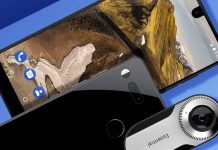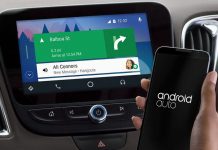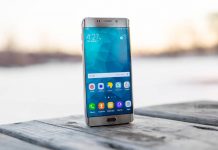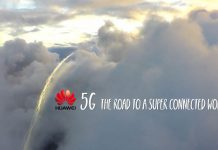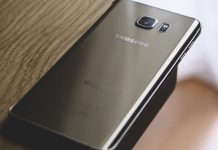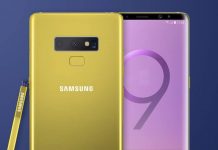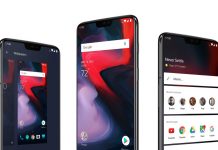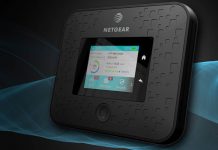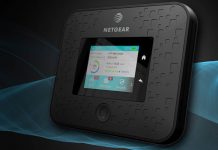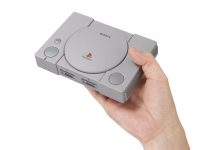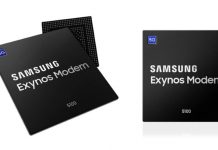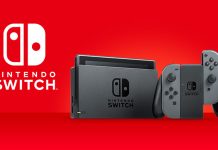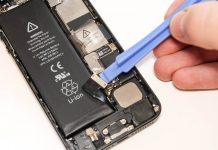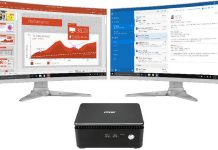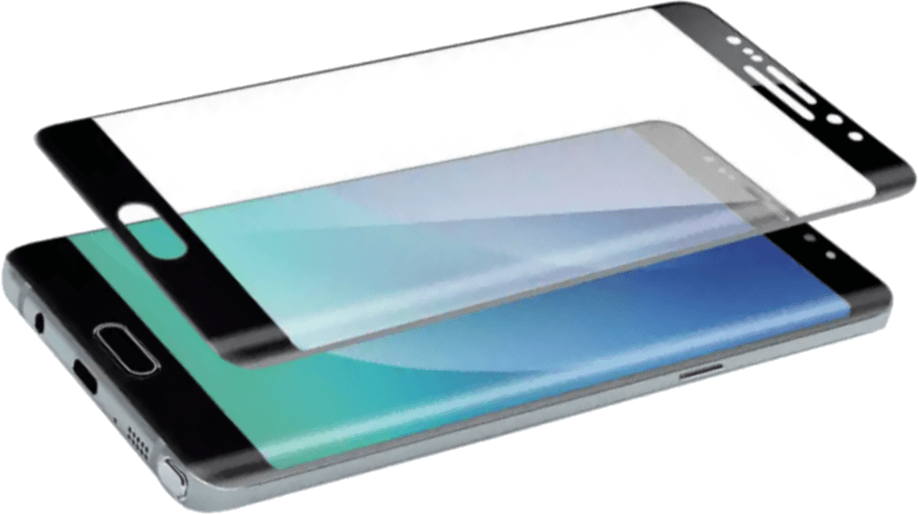The Federal Communications Commission (FCC) deals, among other things, with the certification of all devices that use radio waves, which are released for sale in the United States. The Energous company has announced that their WattUp Mid Field transmitter has just been accepted by the FCC. This is the first device for wireless charging, which operates at a distance of 3 feet.
Currently used solutions for wireless charging of smartphones and smartwatches operate on the principle of magnetic induction. However, they require that the device has to have the direct physical contact with the charger. So we still have to pull out our smartphone and put it in a specific place, which also can not be too far from the socket, because the charger itself must be connected to electricity. In addition, the use of a smartphone during charging process is extremely onerous. These problems are going to be solved by the WattUp system, which will operate even at a distance of 15 feet. The first approved charger will have a range of 3 feet.
The WattUp charger operates on the principle of transmission of concentrated radio waves.
Simplifying, the new solution consists of a charger that converts electricity into a radio signal radiated towards the device using a directional antenna. However, on the side of the smartphone or smartwatch there is a receiver that receives the radio signal from the transmitter and converts it to the battery charging current. A single charger is supposed to be able to handle several devices at the same time, and radio waves will only be sent when it’s needed. After completing the charging process, the device goes into standby mode. It wakes up automatically when there is a device in the range that requires recharging. The Energous company has ambitions to make their solution a kind of Qi-standard. The WattUp specification allows devices from different manufacturers to be compatible with each other. However, the receiver is going be small enough that it can be placed in any electronic device. We will learn more about the new solution at CES 2018.


